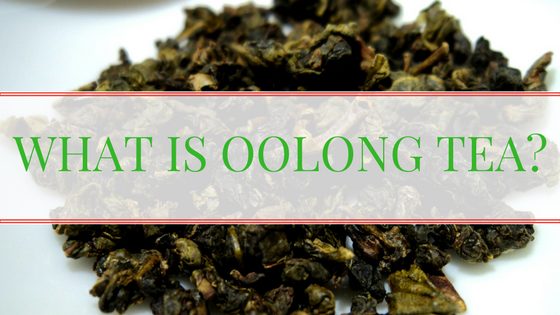Origins
The birthplace of oolong is the Fujian Province of China. It is difficult to pinpoint exactly when production first began but it is likely to have been after the Ming Dynasty as this area was known for its compressed teas prior to that time. Oolong is the anglicized version of the Chinese Wulong, meaning black dragon. There are many legends about the origin of that name but it seems to mostly be tied to the dark, twisted appearance of the oolongs produced in the Wuyi Mountain area. Tea plants from Fujian were first brought to Taiwan in the early 1800’s.
Varieties
Oolong is one of the largest and most diverse categories of tea. The oxidation levels can range from as low as 8% to as high as 80%. For that reason, it is a tea of many faces. There are a massive number of varieties so a list of all of them could go on forever. For the sake of simplicity, I’m going to list a select few that oolong beginners should definitely check out.
Chinese
- Tie Guan Yin
- Da Hong Pao
- Mi Lan Xiang
Taiwanese
- Dong Ding
- Oriental Beauty
- Ali Shan
There are also some really tasty oolongs coming from Vietnam, Thailand, and other regions being produced.
Processing
Oolong tea uses larger, more mature leaves than those used for white, yellow, or green tea. It’s a bit of a misconception that larger leaves are poorer quality and oolong is proof that this isn’t always the case. Tender buds just wouldn’t be able to survive the rolling process. For this reason, oolongs are harvested a bit later in the year.
After plucking the leaves are withered in the sun to remove excess moisture. This also makes them more malleable. They are then bruised by carefully tossing them on a bamboo or wicker tray. The leaves are then allowed to oxidize, slowly turning from green to red in color. Heat is then applied at the appropriate stage in order to halt oxidation. This is what stops the tea from fully oxidizing into a black tea.
Depending on the type of tea, the leaves may then shaped and/or rolled. Anxi and Taiwanese oolongs usually have a distinctive ball shape while Wuyi and Guangdong oolongs have a long, skinny appearance. The leaves will then be heated, often by charcoal roasting, to remove residual moisture and make them more shelf stable. Some types of oolong also have a roasting step that takes place after processing. This is frequently done by tea merchants rather than the producer themselves.
Taste
Due to the wide range of oxidation levels, the taste of oolong can be just as diverse. Lighter oxidized teas will usually have a more grassy quality. Anxi and Taiwanese oolongs are very aromatic and floral but there are lots of nuances within that. Wuyi oolongs are dark and toasty with a strong minerality. Phoenix oolongs mimic everything from fruits to nuts and even specific flower varieties.
How to Brew It
When using a western method, water temperatures are usually around 180 to 212° Fahrenheit. Steep times can vary between 3 and 8 minutes depending on the tea. Oolong can be difficult to measure as the leaf shapes often don’t fit in a typical teaspoon. Weighing your leaves will help make sure that you are using the right amount. Most teas will call for 2 to 2.5 grams of leaf per 8oz cup of water.
Gongfu is definitely my preferred way to make oolong tea. Yixing clay or thicker walled teapots can be a great tool because they retain heat, making sure that you extract all of the aromas from your tea. Gaiwans are also a great method because you can use the lid to control the heat. Water temperatures will range from around 195° to 212° Fahrenheit with steep times between 15 seconds and 30 seconds.
What is your favorite oolong tea? Let me know about it in the comments!
